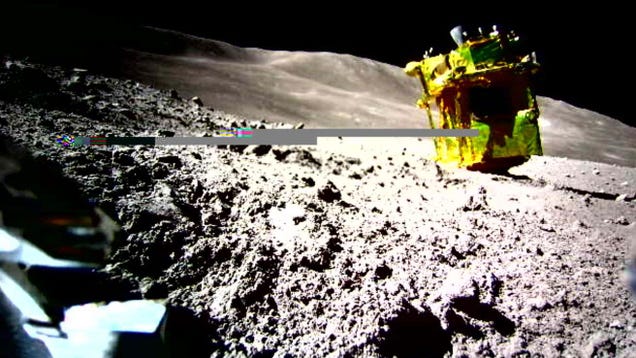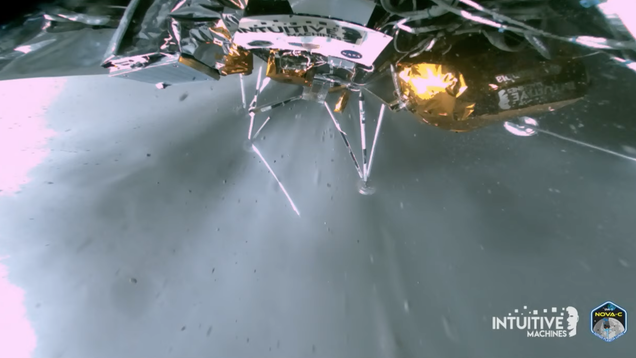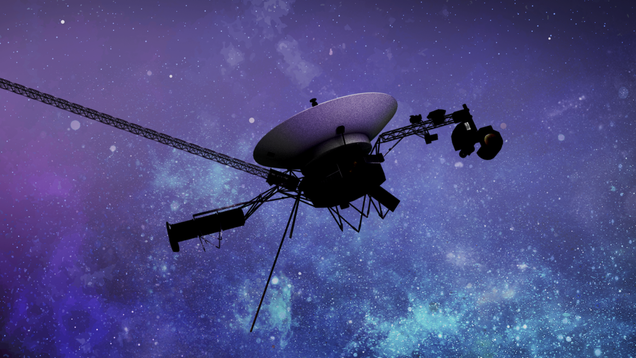
The U.S. Space Force is partnering with two companies to launch a demonstration mission of how the military branch would respond to an orbital adversary.

The U.S. Space Force is partnering with two companies to launch a demonstration mission of how the military branch would respond to an orbital adversary.

The three-stage rocket has taken flight on three previous occasions, but today’s launch from the Vostochny Cosmodrome in the far eastern Amur region marks an important first, as Russia seeks to modernize its space program and keep pace with the rest of the world.

After months of sending unusable data to mission control, there’s finally hope for the Voyager 1 spacecraft. NASA engineers pinpointed the cause behind the mission’s odd anomaly, and think they can help the interstellar probe make sense again.

A trio of commercial space ventures has been tasked with designing a lunar terrain vehicle for the upcoming Artemis missions to the Moon, helping astronauts explore the south polar region as part of humanity’s return to the dusty satellite.

The Japanese SLIM lander is still clinging onto its unfortunate existence, surviving a second lunar night while lying face down on the Moon.

Starship flew faster and longer than ever before on Thursday, but with both stages lost during the mission, there’s clearly much more progress to be made. Here’s our detailed breakdown of Integrated Flight Test 3 and what happens next.

Landing on the Moon is one thing, but not getting lost on its gray, dusty surface presents an entirely different challenge. The Apollo astronauts eyeballed their way across the lunar terrain, but NASA is hoping to develop a better navigation system for future astronauts exploring the Moon.

For the first time since the program began more than 10 years ago, SpaceX’s Starship actually feels like a real rocket. During today’s test, the megarocket achieved some notable objectives, including an extended flight in outer space.

The Voyager 1 spacecraft sent a new signal that contains valuable data, which may save the aging probe. Engineers at NASA’s Jet Propulsion Laboratory are currently looking for discrepancies in the message in order to find out why the spacecraft—the farthest piece of human technology from Earth—has been speaking…

In our top science stories this week, data from NASA’s Juno spacecraft helped scientists calculate how much oxygen is being produced on the intriguing Jovian moon Europa (enough for a million humans to breathe a day, according to the study). Back on Earth, a German man got 217 covid-19 shots and is apparently doing…